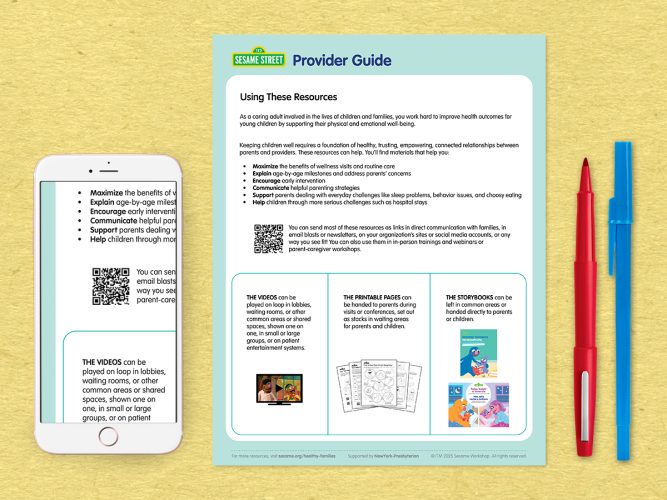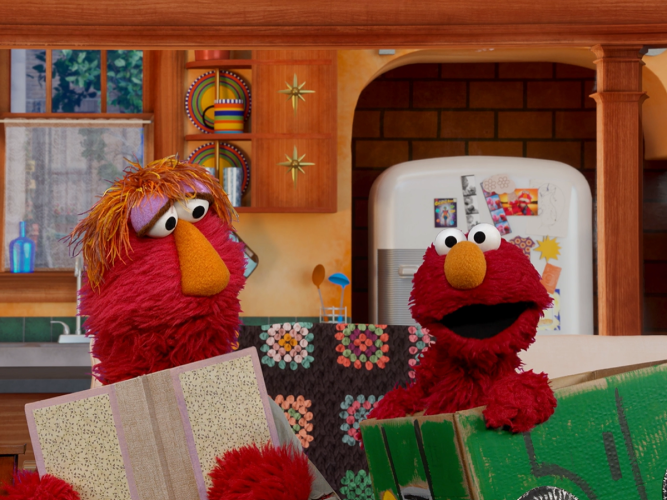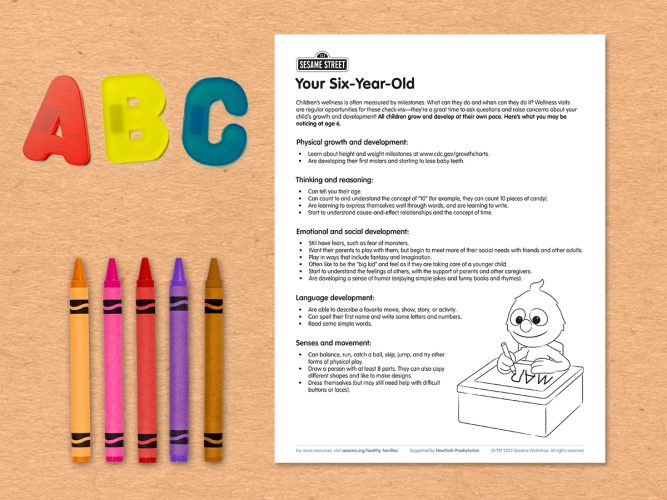
Supporting Fathers
This webinar to helps providers better understand, celebrate, and support fathers.
Research shows that an involved dad can make a big difference in the lives of his children. Dads have unique strengths and unique needs. So how can we best support them? In this webinar, we’ll talk with Kenneth Braswell, CEO of Fathers Incorporated. Kenneth shares insights and strategies from his many years helping fathers—and the providers who serve them—be the best they can be. By the end of this webinar, you’ll be equipped with a better understanding of how crucial fathers are to their children and families, and how you can empower them through your work.
Learn more about Kenneth and his work with Fathers Incorporated here.
Learn more about the National Responsible Fatherhood Clearinghouse here.
Join the Black Dads Count initiative here.
Did you know you can earn a certificate for participating in this training? Register above and watch the video before taking our assessment quiz. Pass the quiz to download your certificate for this 1.5hr webinar.
Already passed the quiz? To access your certificate go to your profile and tap “certificates.”


For Providers: Using These Resources
Print and refer to this page as you implement the materials in this initiative.

Parenting Moment: Describing
The way you talk with children matters! Your words have power.

Parenting Moment: Imitating
Playing is learning! The way you play with children matters… your actions and words have power.

Parenting Moment: Reflecting
The way you talk with children matters… your words have power!

Parenting Moment: Enjoying!
Showing you enjoy your time together with your child builds your special bond. And when you’re being positive, your little one is more likely to do the same.

Watch and Play: Abby's Magical Beasties
Watch this episode and explore ways to extend the learning at home.

Milestones: Your Six-Year-Old
All children grow and develop at their own pace; use this chart to guide your expectations and observations so you can talk to your child’s pediatrician about questions or concerns.
